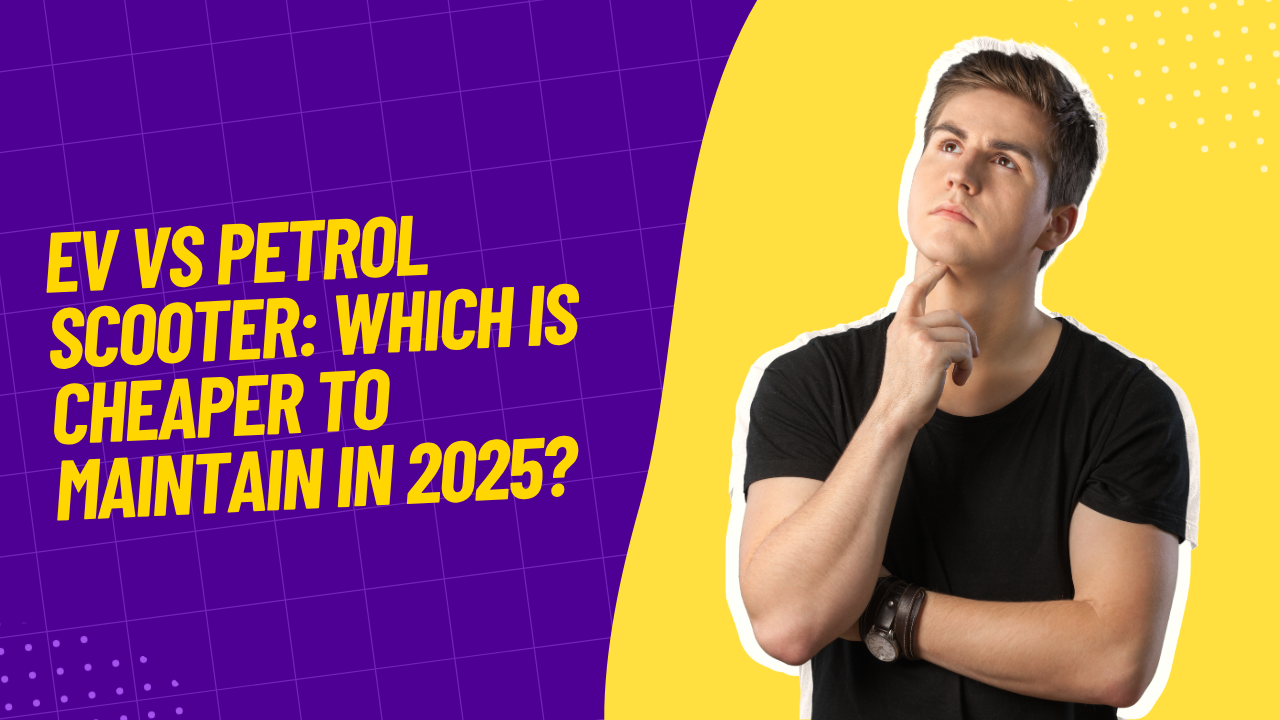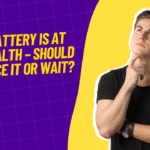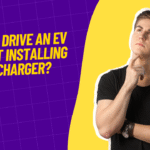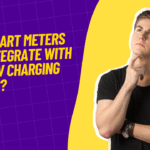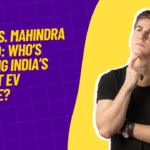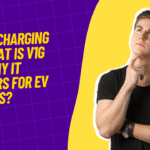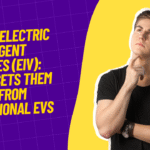As fuel prices soar and sustainability becomes a priority, the question is no longer just “Are electric scooters eco-friendly?” but more critically—“Are they more economical to maintain than petrol scooters?” This in-depth guide dives into real-world comparisons for 2025, exploring fuel/energy costs, servicing, depreciation, insurance, and overall cost-of-ownership. By the end, you’ll see why EV scooters present a compelling long-term saving opportunity.
2. Fuel vs Energy Costs
2.1. Petrol Prices: A Rising High
- Average petrol cost in major Indian cities in 2025 is around ₹110–120 per litre.
- With typical mileage at 45–55 kmpl, the cost per km is approximately ₹2.00–₹2.50.
2.2. Electricity Rates: Home Charging
- Electricity cost ranges from ₹7–9 per kWh.
- A 3 kWh capacity scooter charged fully costs about ₹24, with a real-world range around 90–100 km, yielding ₹0.24–₹0.27 per km.
2.3. Comparative Cost per Kilometer
| Scooter Type | Cost per km |
|---|---|
| Petrol | ₹2.00–₹2.50 |
| EV | ₹0.25–₹0.40 |
Conclusion: EV scooters cost up to 80% less per km to run.
3. Servicing & Maintenance
3.1. Petrol Scooter Maintenance
- Includes frequent oil changes (₹300–400 every 1,000 km), topping off filters, spark plugs, clutch servicing.
- Annual servicing expected around ₹3,500–₹4,500 with parts and labor.
- Over 3 years: ~₹10,000–12,000 in maintenance.
3.2. EV Scooter Maintenance
- No oil, no clutch—just brakes, tires, suspension.
- Typical servicing twice a year: ₹1,000–1,500, including diagnostics and software updates.
- Over 3 years: ~₹3,000–4,500 in maintenance.
Cost Diff: EVs cost 4x less in standard servicing over three years.
4. Depreciation & Resale Values
4.1. Petrol Scooters
- Depreciate to 50–60% of purchase value after 3 years.
- Well-established resale market ensures good liquidity.
4.2. EV Scooters
- Depreciation rates around 50–55%, but improving with battery warranties and rising demand.
- Battery durability expected at 70–80% capacity after 5 years.
Observation: EV resale is catching up but still conditioned on battery condition and brand.
5. Insurance & Road Tax
5.1. Petrol Scooters
- Third-party insurance: ₹800–1,200/year
- Road tax and registration renewal: around ₹250/year
5.2. EV Scooters
- Insurance is typically 10% cheaper
- Many states offer exemptions/waivers on EV road tax and registration.
6. Total Cost of Ownership: 3-Year Outlook
| Category | Petrol Scooter | EV Scooter |
|---|---|---|
| Purchase Price | ₹80,000 | ₹1,24,000 |
| Fuel / Electricity | ₹75,000 | ₹12,000 |
| Maintenance | ₹12,000 | ₹4,500 |
| Insurance & Tax | ₹3,150 | ₹2,835 |
| Total (3 years) | ₹2,70,150 | ₹1,43,335 |
Savings: EV scooters save around ₹1.27 lakh over three years, breaking even between years 2–3.
7. Additional EV Cost Advantages
7.1. Government Incentives
- Subsidies like FAME II, state rebates, and manufacturer cashback accumulate.
- Some schemes offer up to ₹15,000–20,000 in direct savings.
7.2. Charging Convenience
- Home charging eliminates monthly fuel station visits.
- Fast chargers and battery swapping options for certain models reduce flexibility concerns.
7.3. Lower Environmental & Social Cost
- Quieter rides, zero tailpipe emissions, and positive urban air impact contribute to true value.
8. Key Savings Considerations
8.1. Annual Running Cost
- EV: ~₹5,000
- Petrol: ~₹29,000 (Fuel + Maintenance)
8.2. Servicing Frequency
- EV servicing twice yearly vs four times for petrol equivalents.
8.3. Total Savings
- ₹8–10 savings per km on running costs.
- With average usage ~10,000 km/year, one can expect ₹80,000–1,00,000 savings annually.
9. FAQs – Your Top Questions Answered
Q1: Are EV scooters really cheaper overall?
Absolutely. Accounting for energy, maintenance, insurance, and tax, EV scooters cost up to 50% less over a three-year span.
Q2: Do EV batteries degrade quickly?
Typically, 70–80% capacity remains at 5 years / 50,000 km. Battery replacement costs around ₹15,000–25,000, but warranties and pack health apps mitigate risks.
Q3: Can I charge an EV scooter at home?
Yes! A regular 5A/15A socket usually suffices for 4–6 hours for a full charge. For faster turnaround, use public or home-installed fast-chargers.
Q4: How resilient are EVs in Indian weather?
Manufacturers adhere to IP67/IP68 ratings. While some electrical components may need care during monsoons, general safety is high—drying and basic washing are enough.
Q5: Will EVs hold good resale value?
Yes—especially from reputed brands (Ather, TVS, Ola). Battery warranty and service history further enhance resale value.
10. Final Verdict
- Short-term buyer? Petrol offers lower upfront cost.
- Mid-term spender? EV breaks even in 2–3 years and saves money long-term.
- Urban commuter? EVs offer cheaper running cost, convenient charging, and eco-friendliness.
- Frequent riders? Total savings can surpass ₹1 lakh in 5 years.
11. What Next
- Compare EV models within ₹1.5 lakh range for features and resale support.
- Test ride to understand ride comfort, weight, and tech readiness.
- Check local offers, including subsidies and installer programs.
- Calculate your break-even point using actual km/day.
Conclusion
In 2025, the economics of two-wheeler commuting clearly favor EV scooters—especially when factoring in energy, maintenance, insurance, and total lifetime costs. The break-even point usually arrives in 2–3 years, after which EVs offer undeniable savings and cleaner travel. With rapid adoption, evolving tech, and more charging connectivity, now’s the time to embrace electric.
